Cinema Variable ND Filter – Excellence & Style
15 Aug 2024, Posted by in Reviews, Uncategorized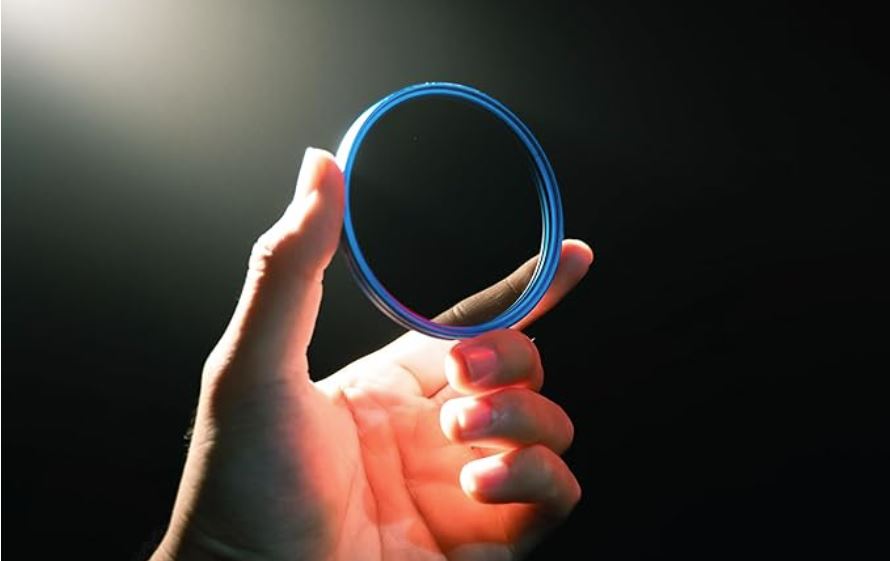
The Cinema Variable Neutral Density Filter by PRISM LENS FX is a pleasant surprise. Made in the USA (surprise #1), it offers exceptional quality while maintaining a reasonable amount of affordability. At roughly $145 (77mm) it’s not by any means cheap, but generally speaking you’ll have to shell out another $50 or so to match its quality. And it’s surprisingly stylish, too (leave it to the Americans!).
The problems of variable ND filters falls into two camps: loss of sharpness and color shift. In both these areas the Prism excels, surpassing the clarity and color of my similarly priced (and much prized) Marumi VND. In my test shots I used my Sony a1 with a Nikon 50mm f/1.2. I have a beef with the Nikon wide open, but at f4 it’s truly exceptional. Here is the full shot without the Prism filter.
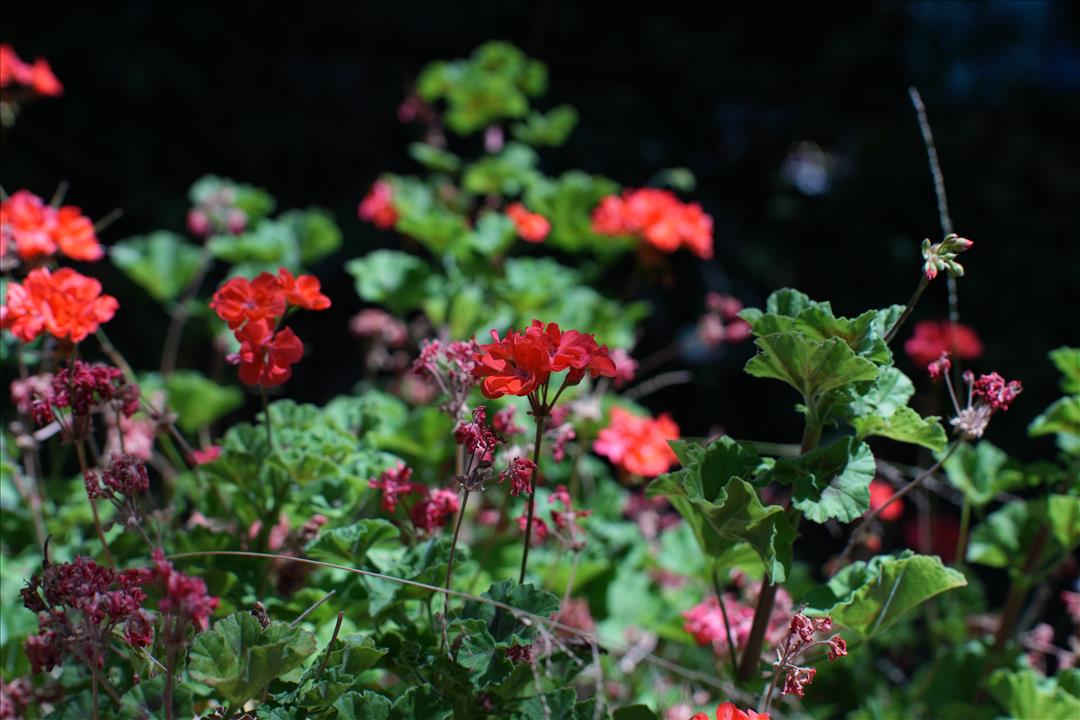
Prism LENS FX Cinema VND review full image
And below is the unfiltered shot with 2X magnification, next to the Prism Cinema at 1 Stop and roughly 4 Stops. ISO was a constant 320, and the shutter speed varied from 1/2000 (unfiltered), 1/1000, and 1/160. A flower may not have been the best choice, as there was a slight wind that day.
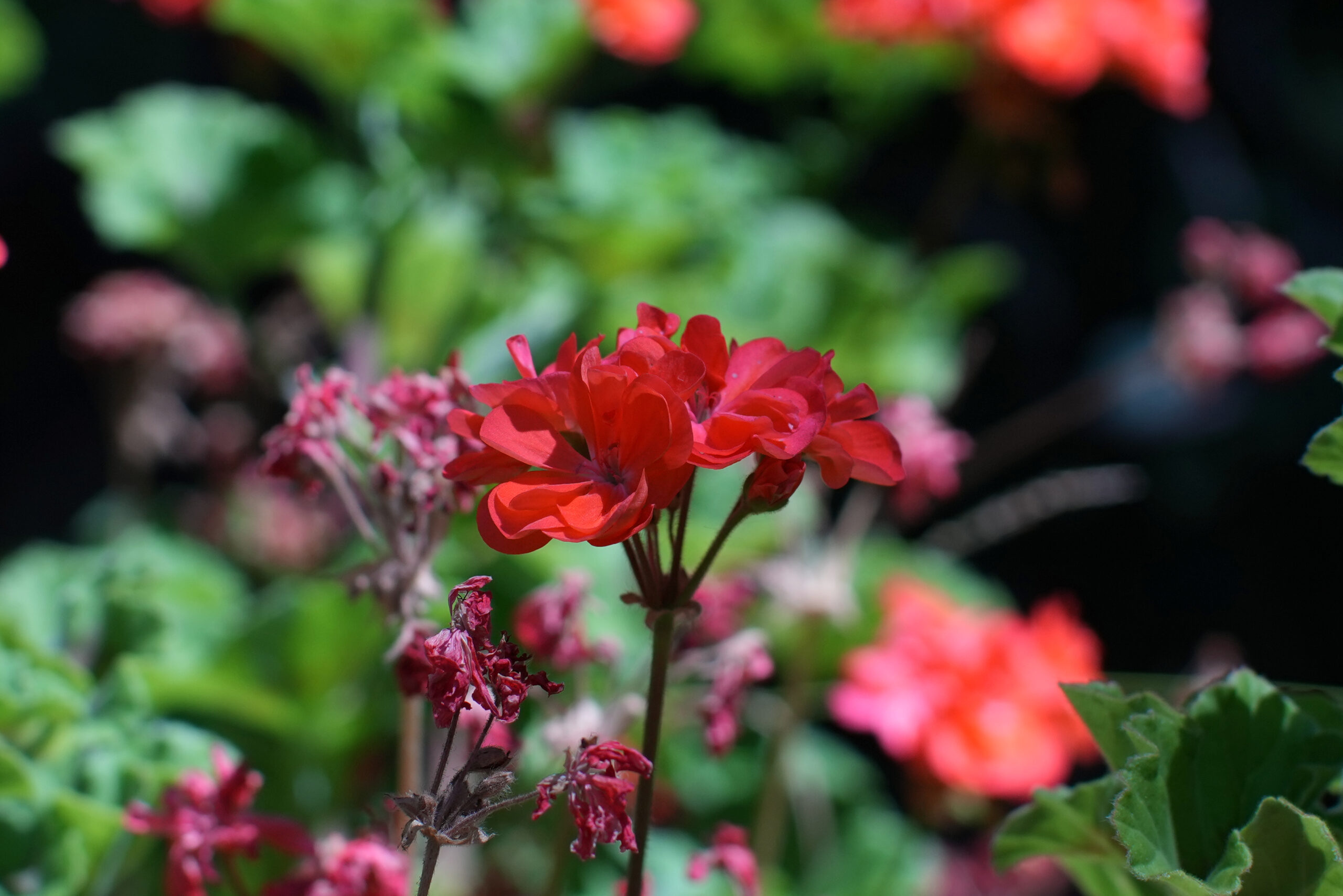
Prism LENS FX Cinema VND review 2X magnification without filter – no editing
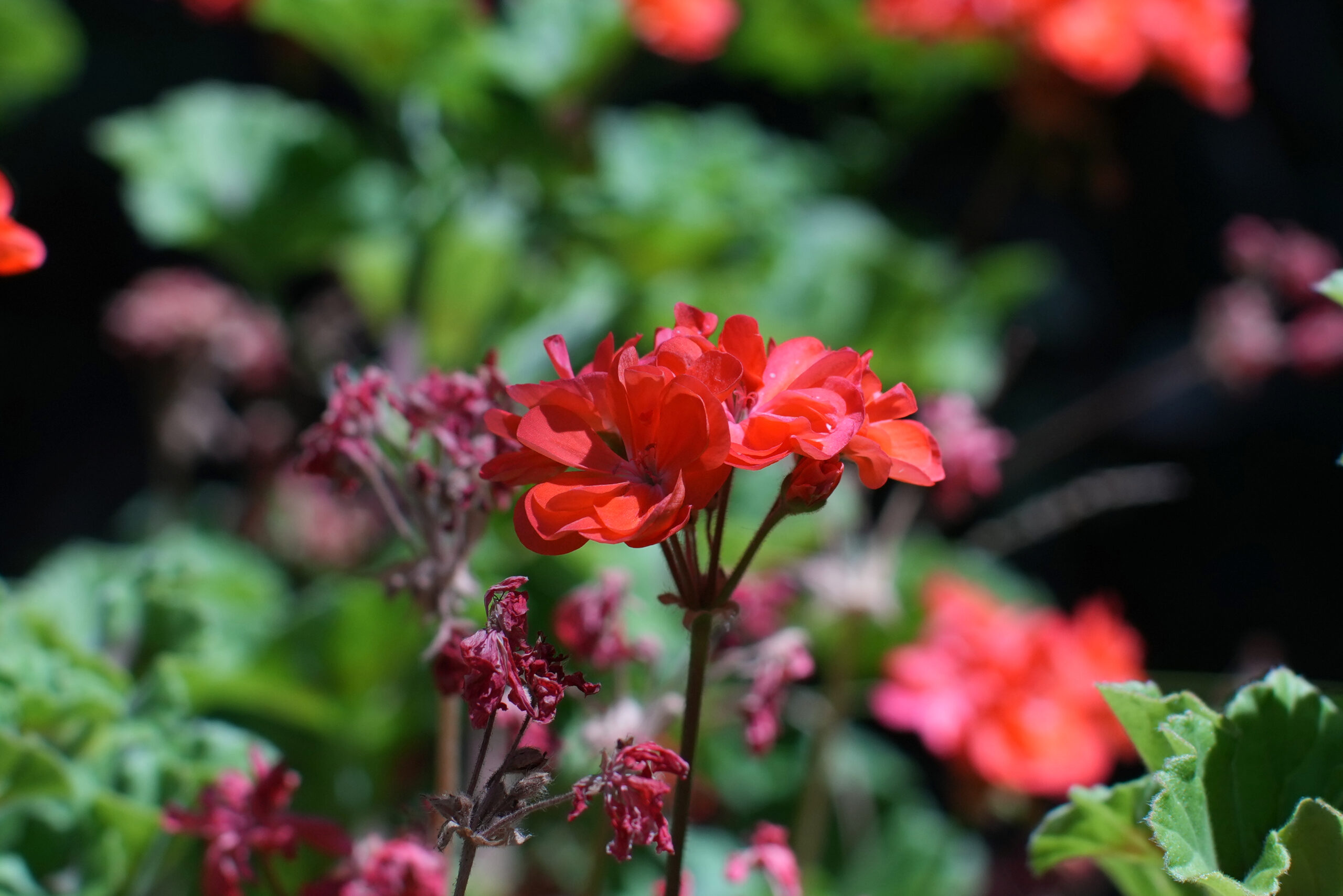
Prism LENS FX Cinema VND review 1 Stop 2X magnification
The 4 stop image (below) is ever-so-slightly softer than the others, though this might be due to movement in the flower at 1/160th of a second. But that softness won’t be perceptible in video, even if you choose to crop in post.
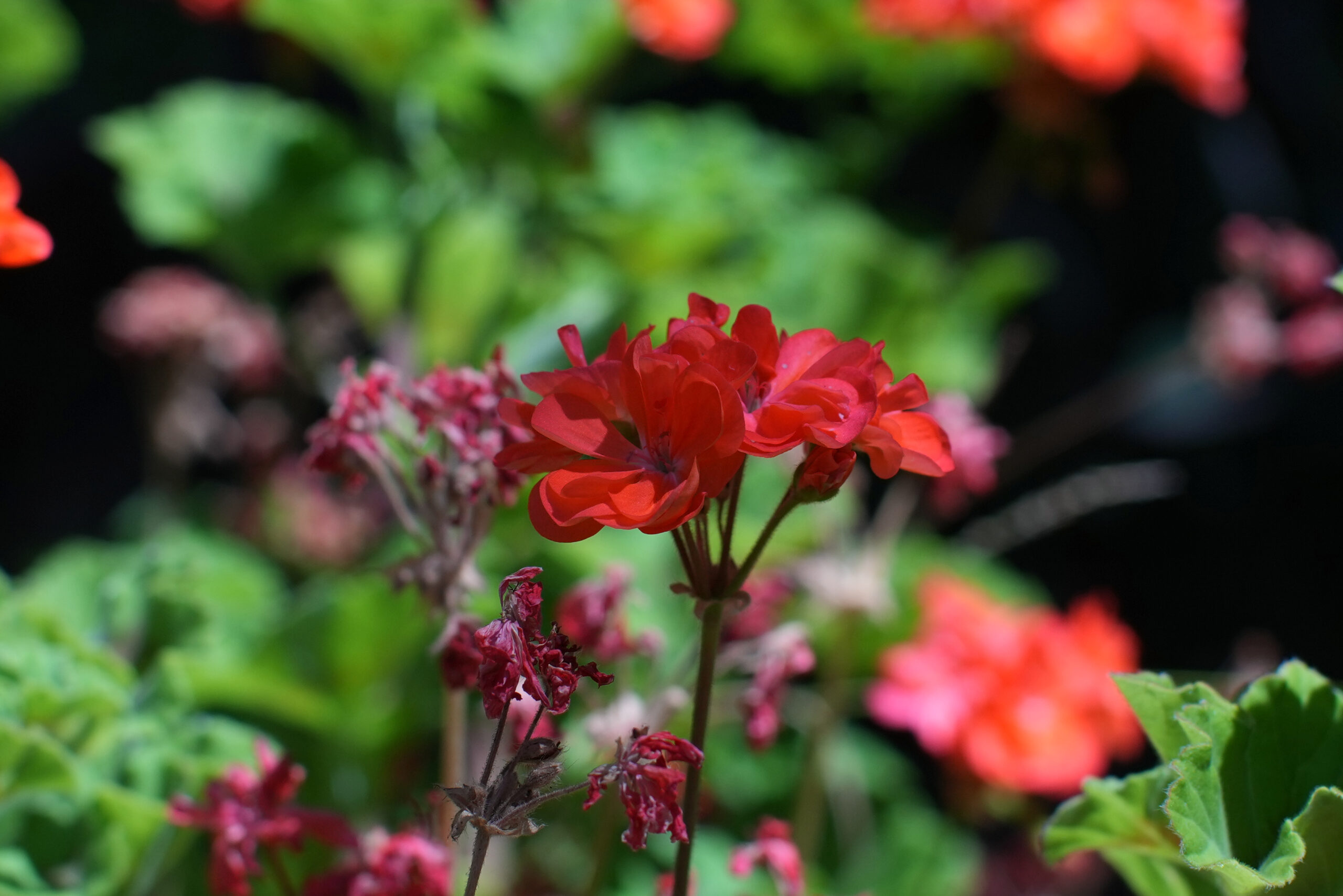
Prism LENS FX Cinema VND review 4 Stops – 2X magnification
The unfiltered and 1 stop images are identical in terms of sharpness at this magnification. I’d be tempted to say I mistakenly uploaded the same image, except you can see the green leaves have slightly different brightness in their saturation (likely due to a slightly reduced dynamic range of the filter).
There are perceptible color shifts between in the images, but it’s difficult to determine if its due to shifting light conditions (the problem of not shooting test shots in a studio), not being able to exactly match the reduction of light from the filter to the addition of light from the shutter speed (1/160th of a second isn’t a 4 stop difference from 1/2000th). Since VNDs don’t have hard stops for each light stop, they are never precise in terms of their relation to shutter speed; it’s to be expected. What’s important to me is that the color differences isn’t from a shift in hue, but rather a small shift in luminosity. You won’t struggle with proper white balance in post, or in matching non-filtered shots to ones using the Prism filter.
While 6 stops would provide a comforting bit of wiggle room for video shooters (allowing you to shoot in full sun at ISO 800 for Log, 50th of a second, and f/2), its 5-stop range does a good job of giving you enough options to film with a shallow depth of field. You can bump up your shutter speed to 1/100th, lower your ISO, move to f/4, or find some combination. The Cinema VND doesn’t suffer from the dreaded X shadow at full strength so you’re able to use the full range of the VND.
Shelling out $150 for a VND can feel like a bit much for beginning videographers, but it’s well worth the investment. Filters that soften or shift hues are so troublesome in post that you’ll never want to use your cheap VND; you may be tempted to just increase your shutter speed. But dealing with fast shutters can create problems in post production, too– from frenetic looking footage to clips that don’t stabilize well. My advice is to invest sooner rather than later.
Sorry, the comment form is closed at this time.